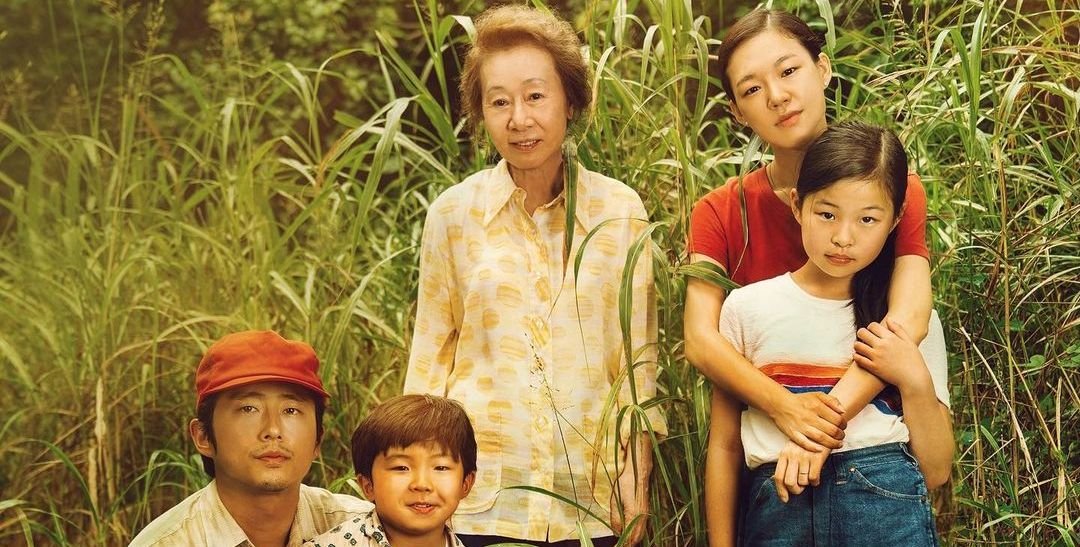
Abject vessels: Laura Aguilar’s renegotiations of Chicana identity
Between two flags- an American and a Mexican one- a bare-chested woman is held captive: her body is bound by a thick cargo rope, snaking around the neck like a noose; her clenched fists tethered, pendulous breasts bulging over. Her head is hooded by a Mexican flag, whose key motif- an eagle devouring a serpent atop some prickly nopal- covers her face. Below the waist, she is wrapped in an American flag, half stripes, half stars. Born from the interstice between ostensible thesis and antithesis- between the U.S. and Mexico, subordination and desire, oppression and resistance- this is the mise-en-scene of Three Eagles Flying (1990), a photographic self-portrait by the late Chicana artist Laura Aguilar.

Grief and solace conjured aromatically: 'Crying in H Mart' review
In the first chapter of Crying in H Mart, we find Michelle Zauner mourning her mother, Chongmi, amid the aisles of H Mart brimming with banchan and rice cakes. Her grief is both summoned and solaced by the aromatics of Korean cuisine that emanate from either side- on one hand, soothed by the familiar pungency of fermented black beans, and on the other, inflamed upon remembering there’s no one left to consult on “which brand of seaweed we used to buy”. Among humdrum shoppers, we witness a poignant moment that cuts deep into the diaspora, capturing the predicament of accessing one’s estranged cultural roots when the only lifeline has been severed.
From honorary whites to yellow peril: Reflections on the Golden Globes’ treatment of ‘Minari’ in a climate of heightened anti-Asian violence
On March 1st, Lee Isaac Chung’s ‘Minari’ won Best Foreign Language Film at the Golden Globes— a kind of pyrrhic victory that saw Asian-Americans once again awarded a meritocratic star of white approval. Some two weeks later, eight people, six of whom were women of East Asian descent, were murdered by a white mass shooter in three Atlanta-area spas. The proximity of these events firmly demarcate the poles of the Asian diasporic experience— a constant oscillation between the exalted stature of ‘honorary whites’ and that of perpetual foreigners travailing at the margins of society.

A tender tale of Asian-American travails and resilience: 'Minari' review
An immigrant’s heart is a battlefront. Torn between past and present, the home that once was and the home that is now, we are above all most homesick for a place we have never known: a place of stability. It’s the hunger that beckons the uprooting of the Yis, the Korean-American family at the forefront of Lee Isaac Chung’s Minari. With the hazy focus of a memory, the film traces the travails and resilience of immigrants in the lure of America’s ill-defined promises. Indeed, the Korean herb from which the film takes its name is capable of flourishing on the most unforgiving of terrains, its verdant sprouts brimming with hope- the question is whether the same will prove true for the Yis.
